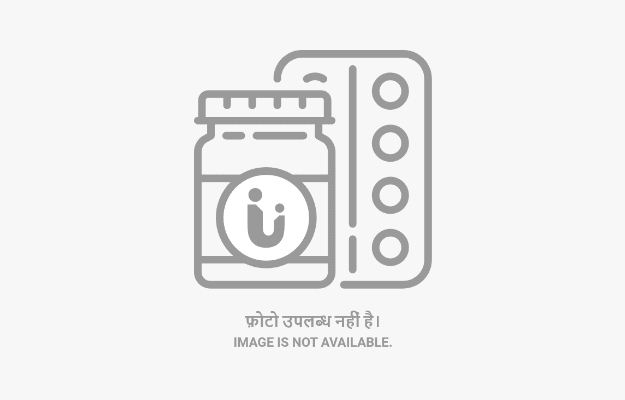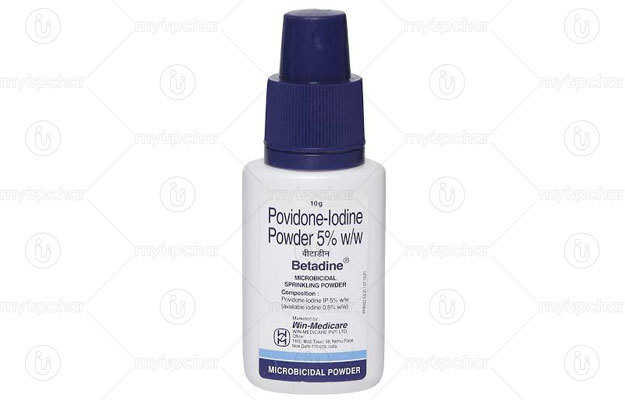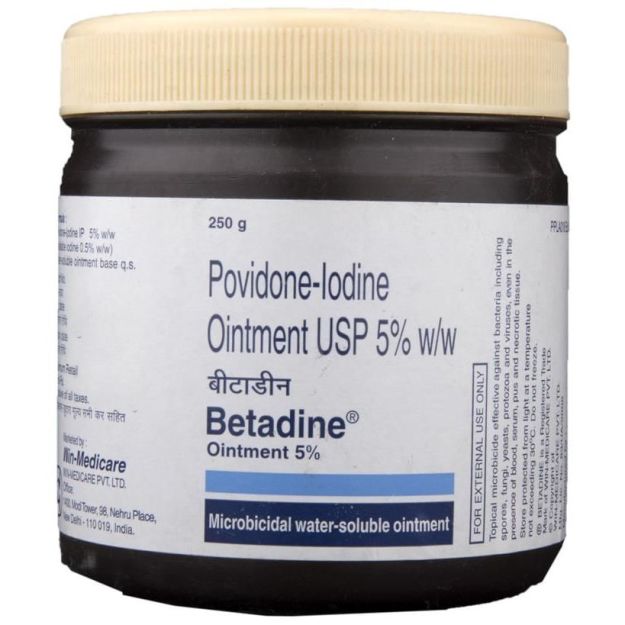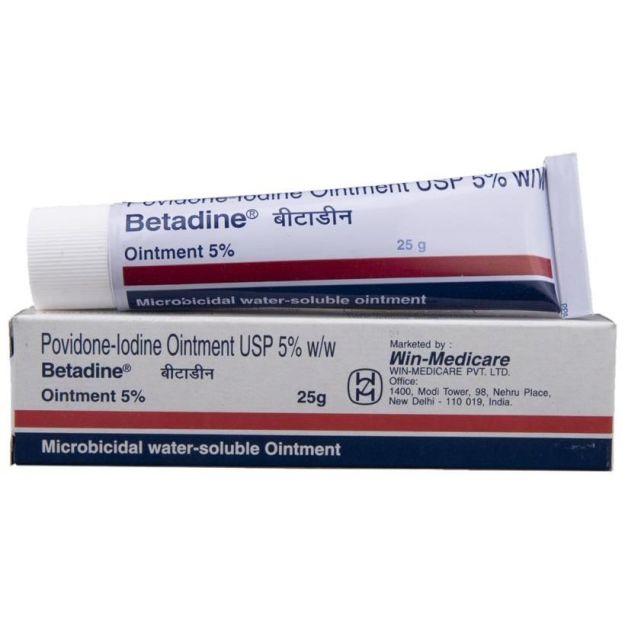Ovidine 5% Solution is a prescription medicine that is available as a Solution. It is primarily used for the treatment of Infections, Open Wound. Secondary and off-label uses of Ovidine 5% Solution have also been mentioned below.
The optimal dosage of Ovidine 5% Solution is largely dependent on the individual's body weight, medical history, gender and age. Individual symptoms and route of administration also determines the right dosage. For detailed information on this, read through the dosage section.
Besides the aforementioned side effects, there are other adverse effects of Ovidine 5% Solution as well, which are listed below. Usually, these side effects of Ovidine 5% Solution go away soon, and do not persist beyond the duration of the treatment. However, if these continue for a longer time, consult your doctor right away.
It is also important to note that Ovidine 5% Solution has a Moderate effect for pregnant women and Moderate effect on lactating mothers. Further, the section on Ovidine 5% Solution related warnings talks about Ovidine 5% Solution's effects on the liver, heart and kidney.
Individuals suffering from medical conditions like Drug Allergy must refrain from the use of Ovidine 5% Solution since this can cause severe adverse effects. Other conditions have been mentioned below in the Ovidine 5% Solution contraindications section.
Additionally, Ovidine 5% Solution may also adversely react with other medicines. Refer to the list below for further details.
In addition to these precautions, you may also note that Ovidine 5% Solution is safe while driving, and is is addictive in nature.
X
















